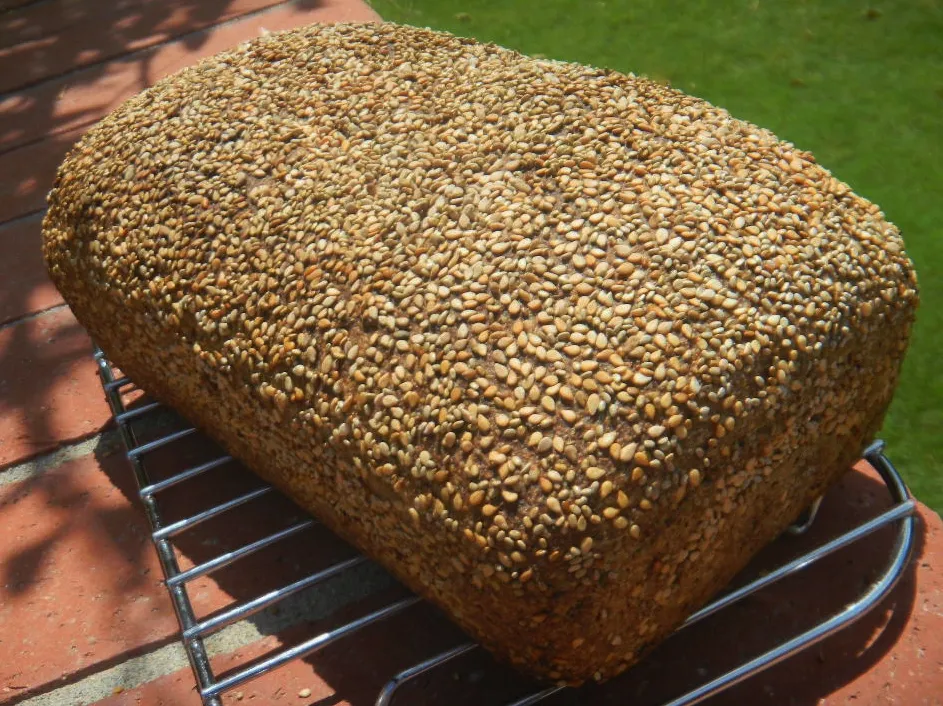Whole Multigrain Sourdough Loaf

This bread is similar to the one we made two weeks ago that was whole wheat, spelt and farro. We milled the grains and fed the 25% sifted portion to the starter to make the levain - last time we had a 78% extraction. My starter doesn’t seem to mind these slim pickings.
- Log in or register to post comments
- 15 comments
- View post
- dabrownman's Blog








